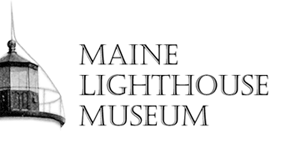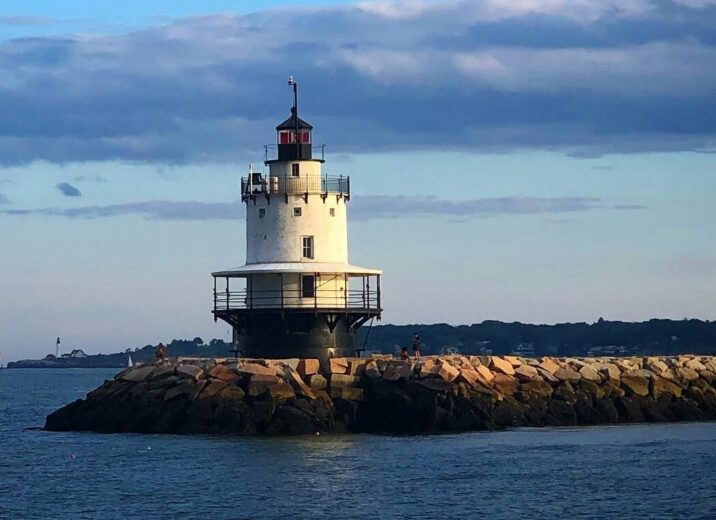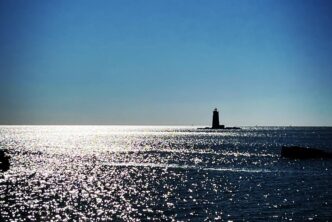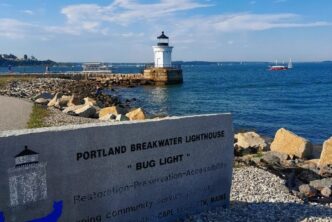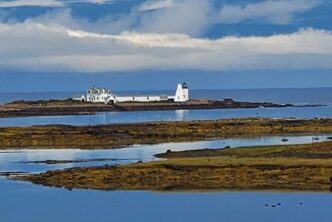Spring Point Ledge Light was approved by Congress in 1895 after many years of requests from shipping companies eager to avoid passenger boat disasters in and around the perilous Spring Point Ledge. This unassuming tower sits on the west side of Portland Harbor’s entrance.
History of Spring Point Ledge Lighthouse
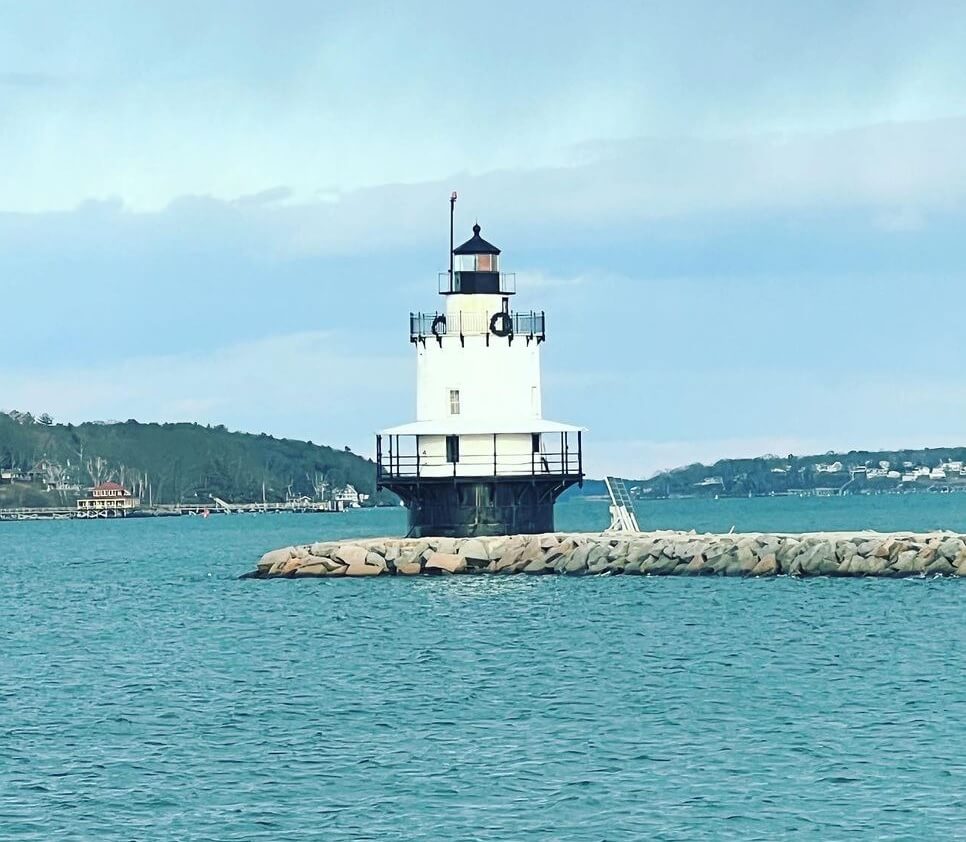
Following the go-ahead for the project, the Spring Point Ledge Light Station in Portland’s inner harbor was built in 1897. It towers over a particularly perilous reef and is generally regarded as the most well-preserved of Maine’s three remaining “spark plug” lights. This is thanks in part to the efforts of committed local volunteers.
This lighthouse is one of two that facilitate navigation in and around Portland Harbor itself. The second, known as Portland Breakwater (Bug Light), was founded in 1855.
There was substantial local demand for a permanent light to designate this specific region in Portland’s busy waterfront area. These calls grew louder in the second half of the nineteenth century as the ledge became the site of a number of collisions and unintentional groundings.
Congress approved the building of a light station at this location in 1895 after repeated requests made by the Lighthouse Board.
Still an active navigational aid, Spring Point Ledge Light was automated in the 20th century. It is a pedestrian-accessible lighthouse, in contrast to other spark plug-style structures.
In 1950, the Army Corps of Engineers built a breakwater that extends out to the lighthouse.
Through the Maine Lights program, the lighthouse was acquired in 1998 by the Spring Point Ledge Light Trust, an offshoot of the Portland Harbor Museum.
The trust open the doors to the lighthouse on occasion during the summer to educate the public on the lighthouse’s role in the area’s maritime history and efforts to conserve the structure today.
Spring Point Ledge Lighthouse was opened near the turn of the 20th century in response to growing calls for aid in an area known to be dangerous for shipping. Today, it is under the stewardship of a local trust.
Planning Your Visit
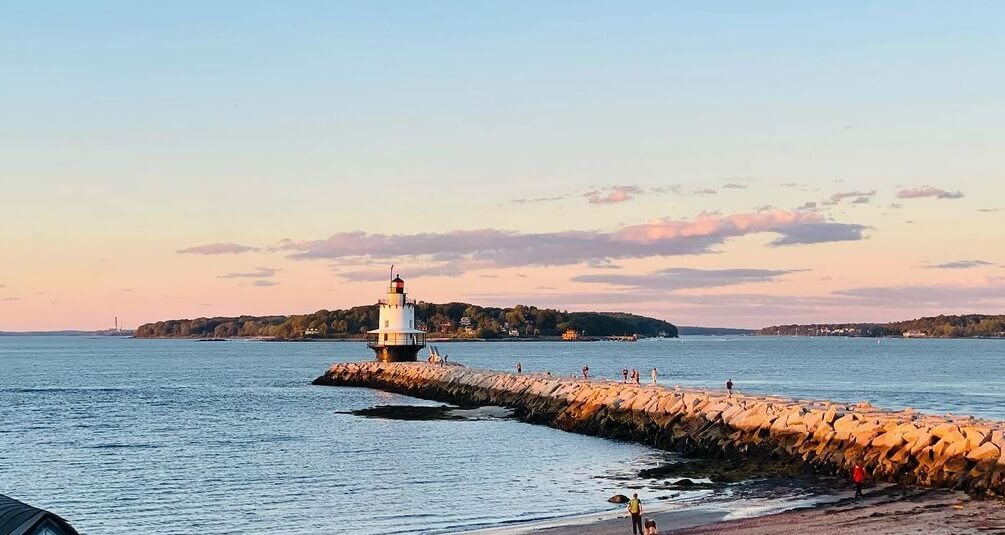
The Spring Point Ledge Light is situated closest to South Portland at the western entrance to Portland Harbor. It sits on the campus of Southern Maine Community College (itself on Fort Road in South Portland).
The surrounding area and breakwater are open to the public. Thus visitors are able to enjoy the lighthouse up close. Indeed, for a more intimate look, the Spring Point Light Trust offers periodic tours of the lighthouse.
Presently, these tours take place “most” weekends from June through Labor Day. Admission is $5 per person. Children must meet a minimum height requirement of 51 inches. Tickets are available from a booth by the breakwater itself.
This lighthouse also participates in Maine Open Lighthouse Day, an annual event in which many towers up and down the coast open their doors to visitors.
What you’ll see
Three of the four similarly designed “spark plug” lighthouses from the 1890s in Maine still stand, including the Spring Point Ledge Light Station.
Unlike the other two lighthouses of this type, Spring Point Ledge Lighthouse still possesses a gallery section around and just above the base.
Unique but nevertheless pretty, the structure has a cast iron exterior enclosing the poured concrete foundation.
Iron brackets with pendants support the covered gallery. The path encircling the tower is surrounded by a railing.
Above this section sits a four-tier keeper’s quarters and storage spaces. A single entrance and a number of windows pierce the otherwise formidable looking cast iron construction of the building.
This middle section of the tower is topped with a parapet with a railing that is partly supported by iron brackets.
The top most tier, narrowing significantly, holds the ten-sided lantern and an additional surrounding walkway.
The 900-foot-long granite breakwater was finished in 1952, linking the lighthouse to the mainland.
Directions
- Take exit 7 off of the Maine Turnpike (I-95) and continue for approx. two miles, until the road comes to a stop at Route 1 (traffic light)
- Head left onto Route 1 (Main Street), then, at the fourth traffic light, head east onto Broadway
- Remain on Broadway to the end and make a left onto Pickett Road
- Turn left onto Fort Road
- Fort Road runs through the campus of Southern Maine Technical College all the way to the shore
- On your right is the Portland Harbor Museum (located on the campus and close to Spring Point Ledge Lighthouse)
Spring Point Ledge Lighthouse is regularly open for tours during the weekends of the summer months. Its status as Maine’s best preserved ‘spark plug’ style tower makes it a must visit for enthusiasts.
Interesting Facts
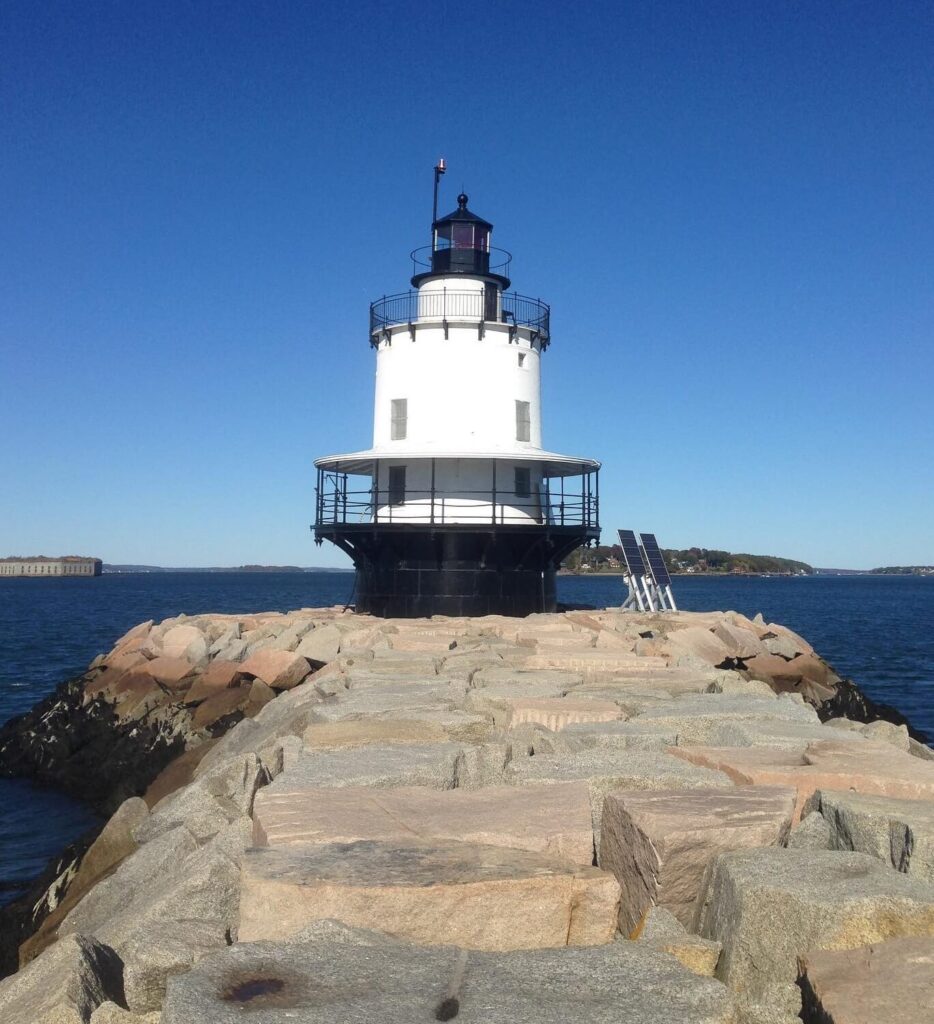
After being delayed by administrative issues and bad weather, the tower was ultimately illuminated in May 1897, by Colonel William A. Lane.
Initially built on an iron caisson foundation, the tower was believed to be susceptible to drift ice and rough waves. For this reason, the authorities approved the construction of a new granite foundation in 1951.
The brick tower had a fifth-order Fresnel lens when it was built, and its height above sea level was 54 feet. With a 300-mm lens and a 14-mile range, it now glows white every six seconds.
The station contains an electronic foghorn, and the tower houses the keepers quarters.
The two additional spark plug lighthouses in Maine that are still in operation are constructed similarly to Spring Point Ledge Light. They are Goose Rocks Light and Lubec Channel Light.
A cast iron caisson was built, sunk, and filled with concrete similarly to those lights. The Spring Point Light tower, which was erected upon the caisson, was made of bricks as opposed to cast iron like the other two spark plug lights.
The first and only caisson-style light station that tourists may walk to in the United States is Spring Point Ledge Light, which was made possible by the addition of a 900 foot breakwater made of 50,000 tons of granite in 1951. In 1960, the light was automated.
In the 1990s, the future ownership and stewardship of the tower came under consideration. Initially, the City of South Portland applied to co-administer the property with Southern Maine Technical College. A dispute over disability access to the structure ended this bid.
The Portland Harbor Museum submitted their own application in 1998. They established the Spring Point Ledge Light Trust and acquired rights to the property later that year.
In the intervening years, the light has seen a great deal of development, including the replacement of the bottom gallery’s severely corroded iron canopy. The organization has said that restoring the sunken caisson is one of its future goals.
Key Information
| Location | Near South Portland, ME (43° 39′ 07″ N, 70° 13′ 26″ W) |
| Established | 1897 |
| Height | 25 feet (54 feet above sea level) |
| Type | Spark Plug |
| Construction | Cast Iron/Brick |
| Architect | US Army Corps of Engineers |
| Sequence | Red or white light (ON – 6 seconds, OFF – 6 seconds) |
| Fog Horn | 1 sound every 10 seconds |
| National Register of Historic Places | Added 1987 |
| Administrative Address | Spring Point Ledge Light Trust (P.O. Box 2311, South Portland, ME 04106) & Phone (207) 767-7488 |
FAQ
Where is the best place to park?
After proceeding through the campus of Southern Maine Technical College via Fort Road you’ll find a parking area by the waterfront. It is in the immediate vicinity of the lighthouse itself.
What other ways are there to enjoy the scenery?
Numerous boat cruises/tours operate in and around this inner section of the Portland Harbor. Some visitors like to see the tower from both land and water for a fuller perspective.
What are the best dining and accommodation options nearby?
During the summer season, tour tickets are available from a booth by the breakwater. Also on offer are snacks and refreshments, as well as various souvenirs. Proceeds go toward the maintenance of the lighthouse.
Other nearby dining options include North 43 Bistro (American) and El Corazon Casita (Mexican). Accommodation in South Portland offers the closest access to this lighthouse but Downtown Portland is also in close vicinity.
Video
Scenic View
Inside Tour
